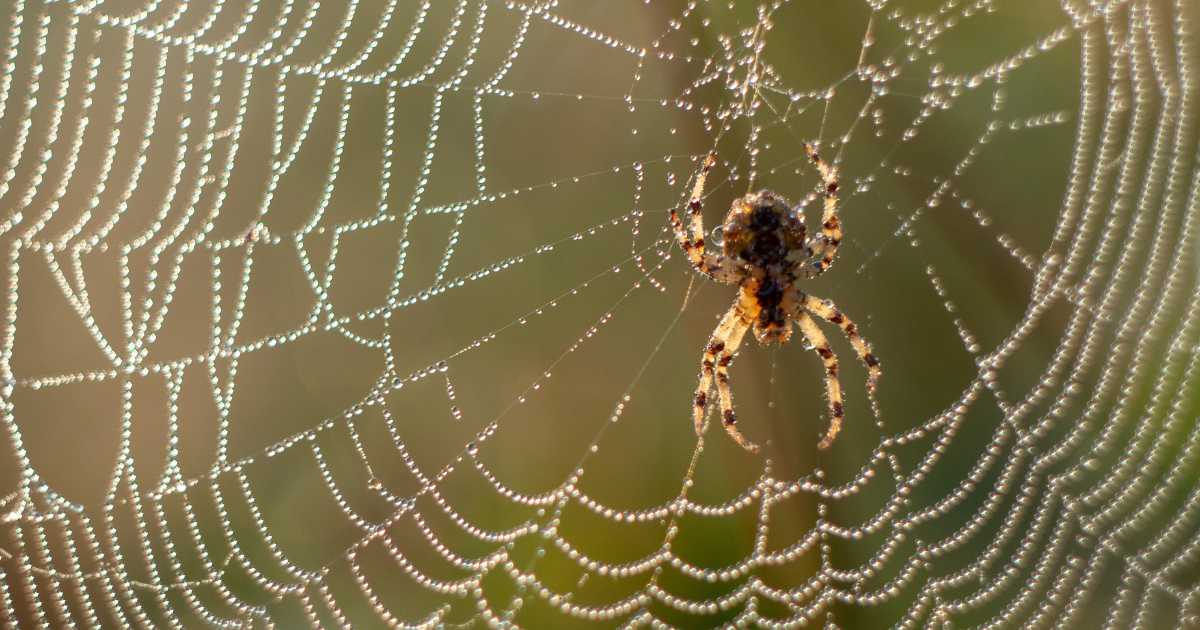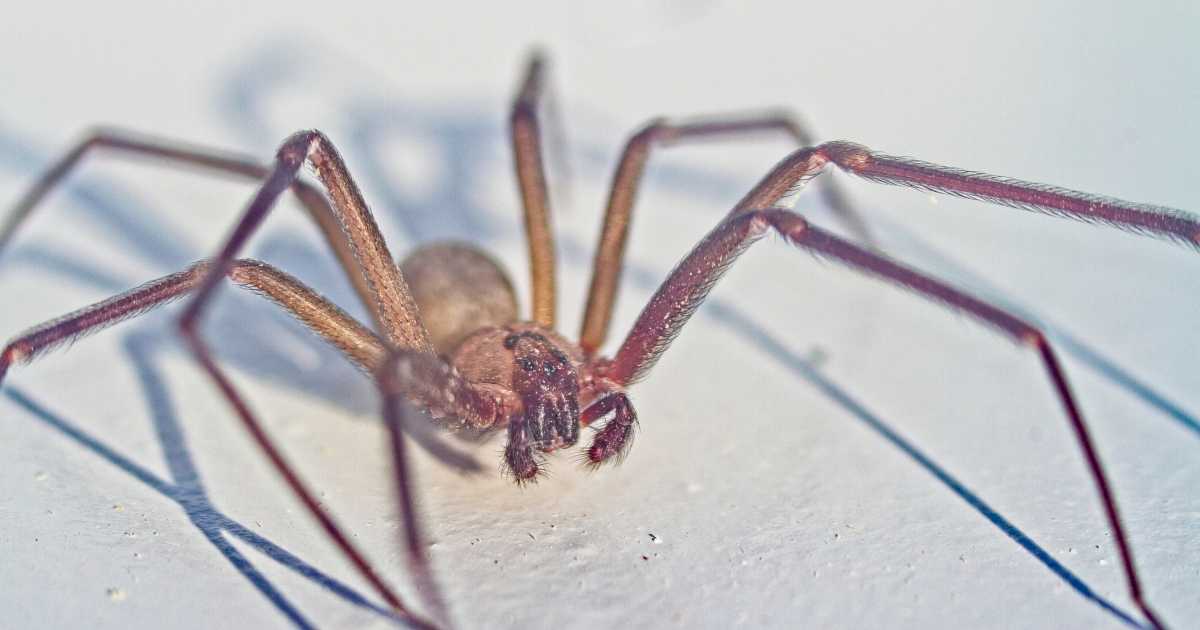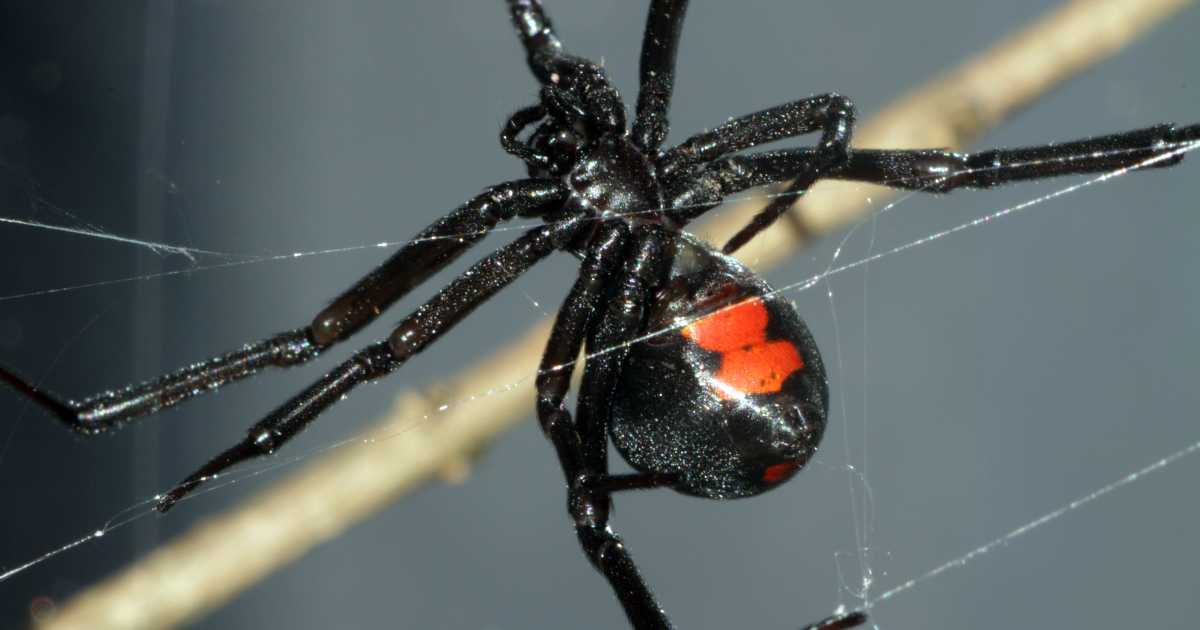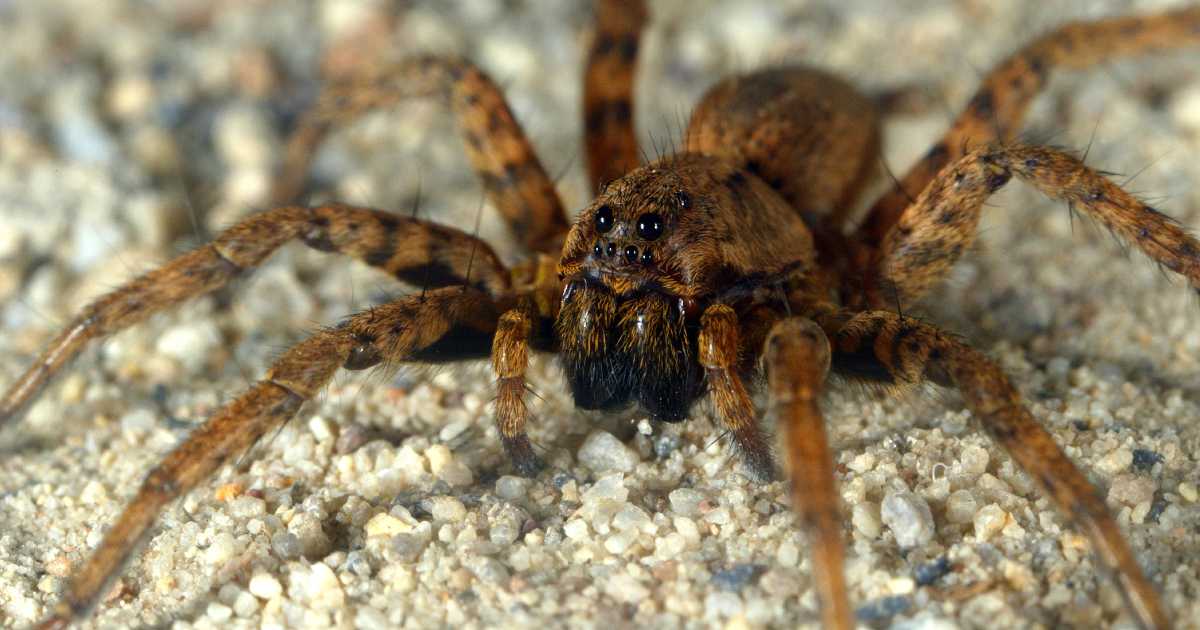As small as these little animals are, it is incredible how unruly they can be. Many spiders are harmless, but some common spiders should be feared. It is essential to have the ability to distinguish between poisonous spiders and the side effects that spider bites can cause. It would be a great plan to put traps in paste around your house to determine the types of spiders you have with you. How hard it is to glance at them nearby when they trip over your floor or when they are bitten into a handkerchief or under your shoe.
The Hobo Spider
The wandering spider has an earthy-colored body and can grow 1/4 to 5/8 of an inch long. It is commonly found in Idaho and Utah. He is a European worker who was recently trapped as a potentially poisonous spider in the United States. They live in the pipe network. Most wandering spider bites occur in bed or in a dress where the spider is caught close to the skin.

The underlying bite of a wandering spider is ordinarily comfortable but solidifies in 30 minutes. The bite territory may be dead, and it’s not surprising to feel dizzy. After 15 to 35 hours, the structures in the area shake and can begin to pickle, which stops after about 24 hours. It causes a moderate recovery wound. Recovery can take a long time.
Brown Recluse
It is referred to as the violin spider or violin spider because of the violin shape mark.
It is local to the southern United States but is typically found in the midwestern states.
It is ideal to use snares with sticks for solitaires that are earthy in color, as they are not influenced by pesticides.

The underlying bite of a brown recluse spider usually is effortless, and the victim may be unaware for 3 to 8 hours after the fact. At this point, the bite site may turn red and swollen. The bite can put aside an extended effort to recover. This will regularly leave me terrified. It is very rare for a victim to occur from an earthly-colored solitary spider bite, but they should be treated as a menacing spider.
Black Widow
Adult female black widow spiders are about 1/2 inch long, excluding the legs. They are charcoal black with a red hourglass stamped under their roundabout midsection. Mature guys are about a large portion of the height of females.

A black widow spider bite can go unnoticed. The power of the agony depends on the extent of the infused venom and the area of the bite. The circulatory system carries the poison around the body and follows the sensory system, causing varying degrees of agony. There may be a slight growth of the neighborhood and two red-cut foci on the teeth. Usually, the torment starts from the bite site and goes to the middle part and back, sometimes causing extreme compression of muscle strength. Less than 5% of black widow spider bites result in death.
Wolf spiders
Wolf spiders are common household insects that seek a warm place to stay in the winter. They do not transform the networks, but they search for food in the evening. The wolf spider can often be confused with the earthly-colored solitary spider, but it does not have fiddle-molded control behind its head. They are not energetic and will shy away from disturbing influences.

With wolf spider bites, you will feel neighborhood torments. Irritation, dizziness, sickness, and expansion are rare, but they can be indications.
If a spider bite occurs, always contact your doctor. Inconceivable cases, try to get the spider or possibly get a decent representation of the spider. This will bring together specialists to understand how to treat the bite all the more quickly.

